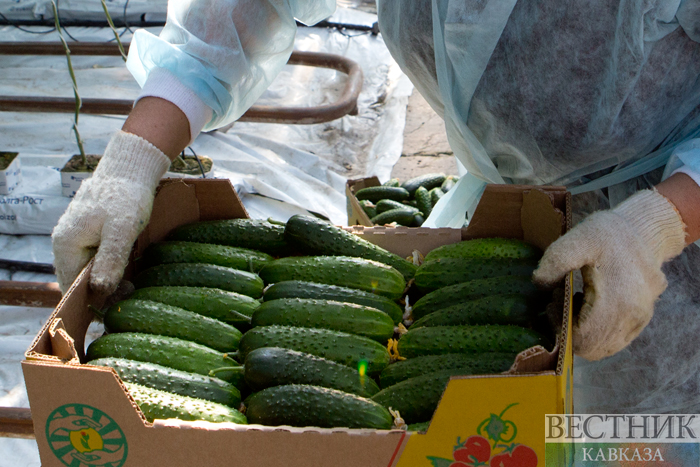China is pursuing modernization in its agriculture and rural areas at a fast pace. Zhou Shijie, a tomato grower in Zhengding County, north China's Hebei Province, is adopting a new approach of utilizing computer data to decide when to water or fertilize his plants, Xinhua reported.
"Air humidity 55 percent, soil temperature 27.9 degrees Celcius, and soil pH 6.1," read Zhou from a screen showing real-time data captured from sensors installed in his plastic greenhouse for tomatoes. "By looking at the data, I can tell when my plants are thirsty for water or hungry for fertilizer," said Zhou.
Transformation in farming
Zhou is one of the farmers in China to have witnessed a transformation in farming in recent years, relying on digital data rather than individual experience.
A key official document released earlier this week, the "No.1 central document" for 2023, said China will strengthen support for agricultural science, technology and equipment this year. According to the document, China will continue to pursue digital development in rural areas, explore different scenarios for the application of digital technology, accelerate big data development, and advance smart agriculture. In addition to helping farmers come up with watering and fertilizing plans, smart technology also reduces agricultural losses by identifying plant diseases and pests.
Smart technology
Zhou grows a variety of tomato known as cherry tomato, which is vulnerable to fungal diseases. A device installed in Zhou's plastic greenhouse can measure the level of fungal spores in the air, and transmit real-time data to a platform on the cloud. This allows technicians to detect abnormal situations and come up with a solution. The smart agriculture strategy is part of China's move to go digital in major industries including manufacturing, service and agriculture.
China views the digital economy as a strategic choice in the new round of technological and industrial revolution. The scale of China's digital economy has grown into the world second largest. Smart technology is used throughout the whole farming process in China, and robots play unique role in picking fruit and vegetables when they are ready. Through imaging technology, a fruit-picking robot can calculate the distance between the fruit and its arm within a second and do the work swiftly.

Robot industry development plan
A robot industry development plan unveiled at the end of 2021 said that agricultural robot development will focus on areas such as weeding, fruit picking, poultry feeding and sludge cleaning. Wider use of robots and sensors marks the country's latest effort to integrate technology with agriculture, which has been an important driving force for rural development over the past decade. Data from the Ministry of Agriculture and Rural Affairs showed that the comprehensive mechanization level of crop cultivation, planting and harvesting had grown from 57 percent in 2012 to over 72 percent in 2021.
Online retail sales
China's digital agricultural efforts go beyond production. The country is assisting farmers in taking their sales of agricultural products online. In 2022, China's online retail sales of farm produce stood at around 530 billion yuan (77.2 billion U.S. dollars), marking a rise of 9.2 percent year on year, official data showed.
China has set the goal of bringing the figure to over 800 billion yuan by 2025, according to the national agriculture and rural informatization development plan for the 14th Five-Year Plan period (2021-2025).






